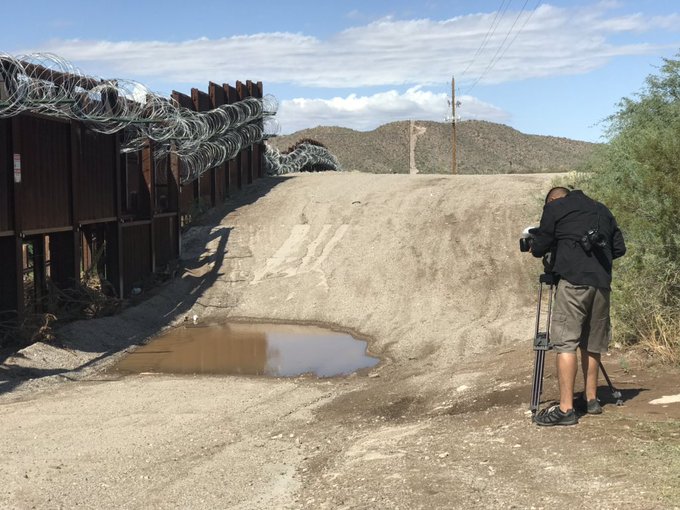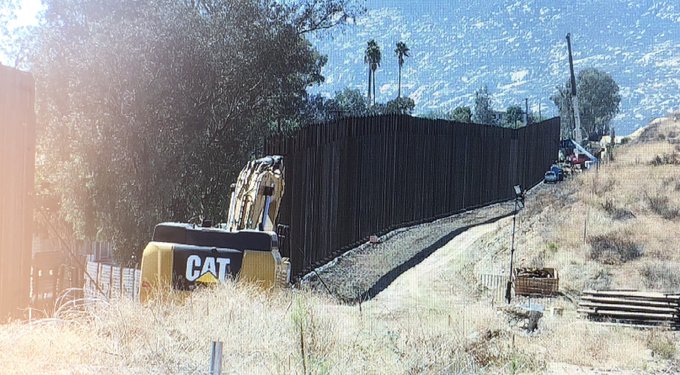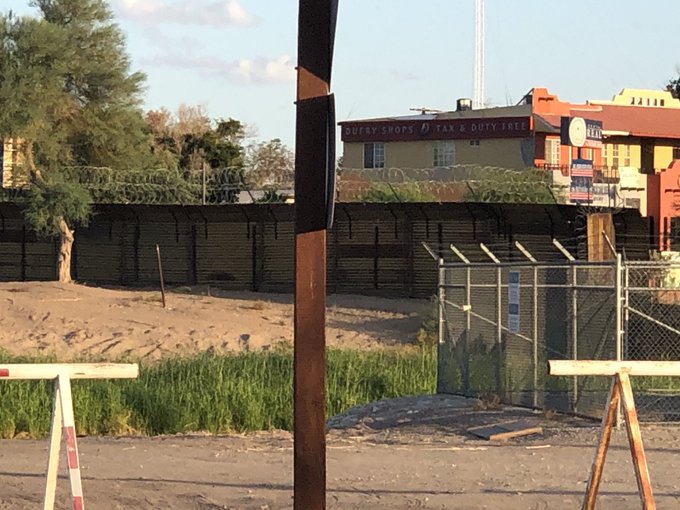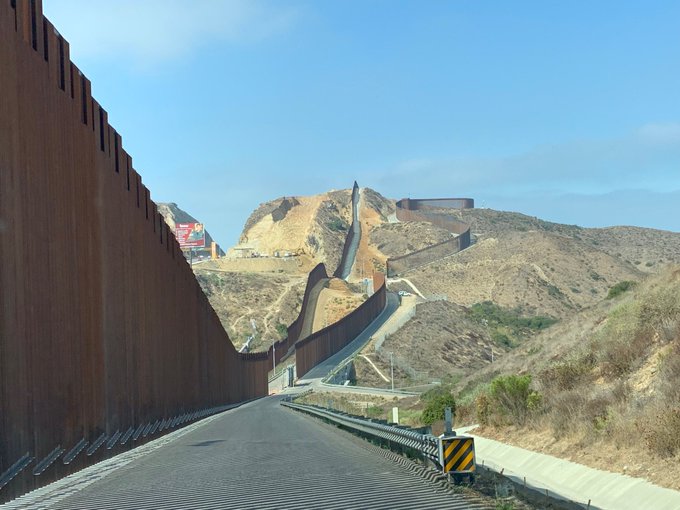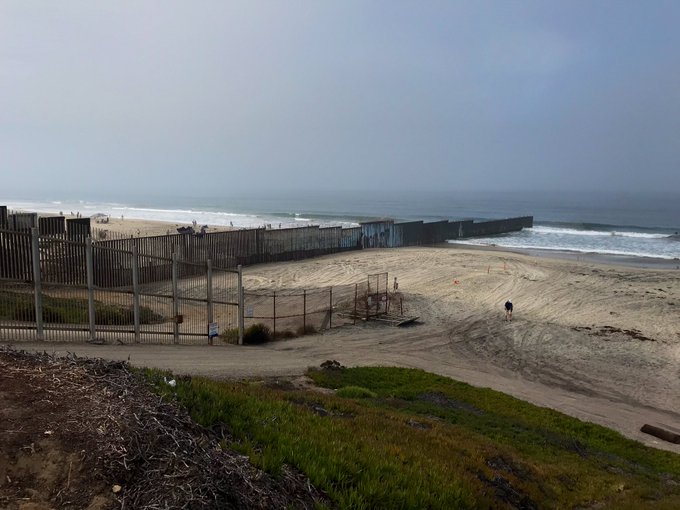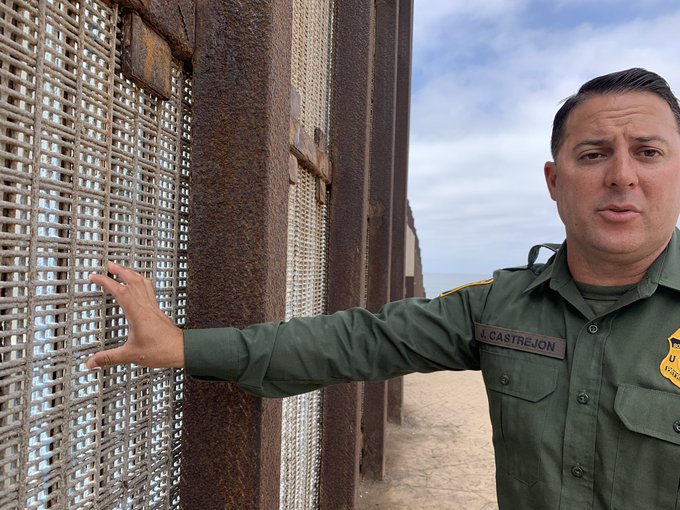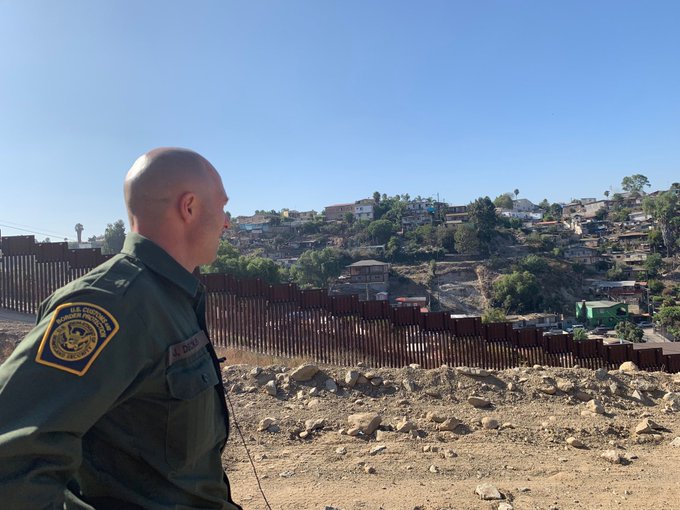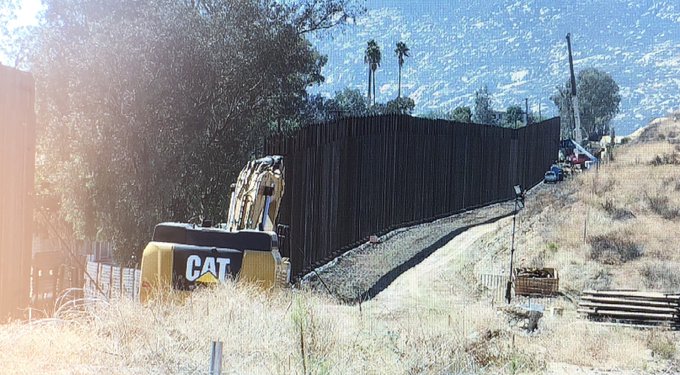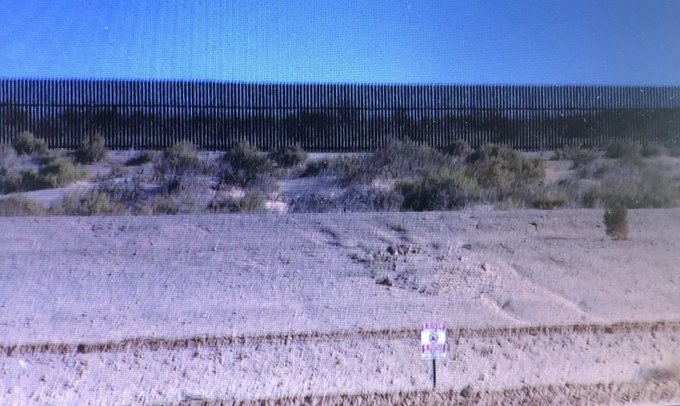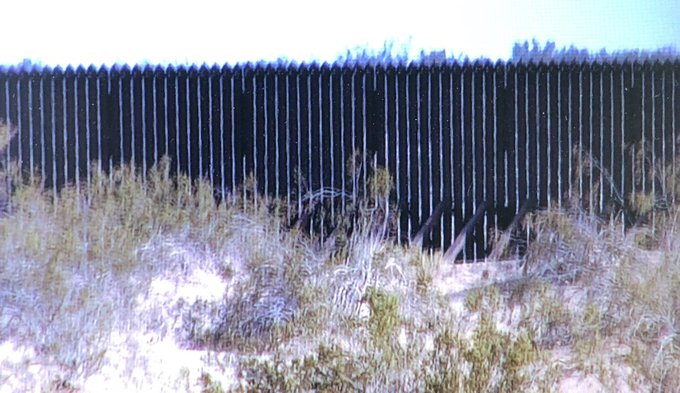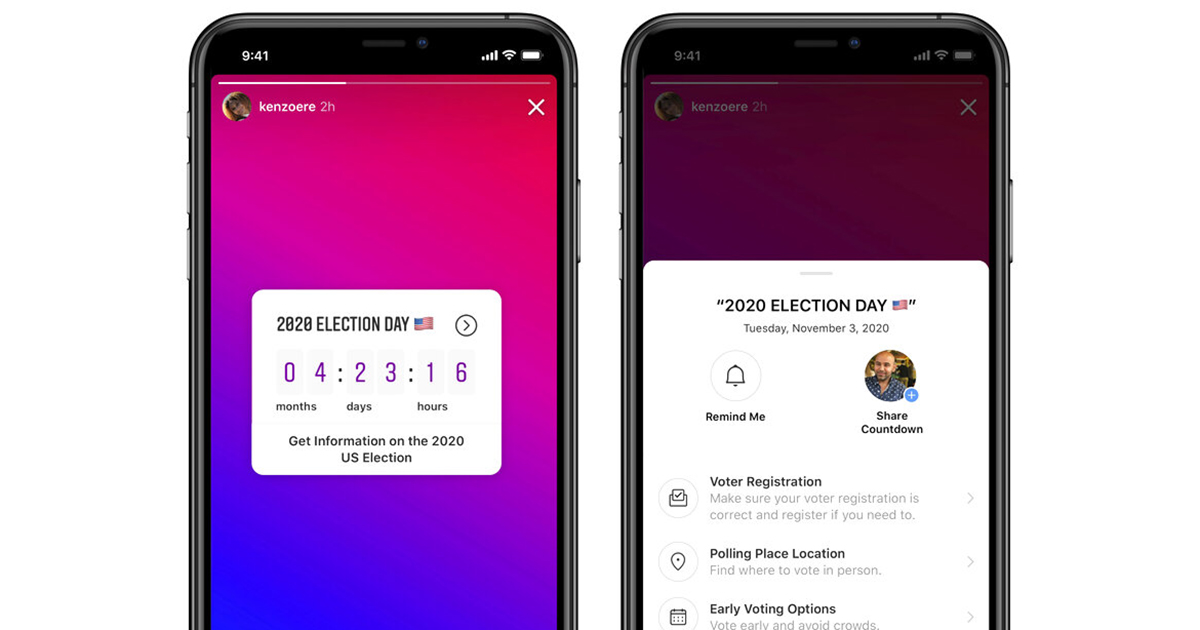ALPINE, Texas (Border Report) — Through seven days of our BorderReport.com Tour, we’ve been able to document the border wall in California, Arizona, New Mexico and portions of West Texas.
While there are spots where an imposing 30-foot wall serves as a deterrent for illegal immigrant, there are other places that could be easily crossed if not for Border Patrol enforcing the area.
Here’s what we’ve learned so far about the border wall through the first part of our drive:
There’s very little consistency
You’ll find different material being used just about everywhere. While some wall featured massive steel beams, other portions of the wall could best be described as fencing. You’ll see steel connected by mesh with razor wire lining the top.
The types of wall you’ll see even varies within a state. During our drive through California, we saw at least four different variations of border wall and fencing.
The most fence you’ll find is in California
As we drove through the state, we were able to confirm what mapping from RevealNews.org and the Center for Investigative Reporting showed: there’s a lot of pedestrian fencing in California.
We started our trip in San Diego where President Trump visited in mid-September to tout new border wall construction that replaced an easily comprised portion of fencing built in the 1990s.
The 14 miles of wall was originally proposed by the Obama administration and funded by the Trump administration in 2017. This fencing is 18 feet tall and been labeled a “world class security system” by the president.
Construction actively continues on a secondary fence in San Diego. This portion features 30-foot beams. It’s roughly 20 feet north of the primary wall. Construction is expected to be complete in January 2020.
As we navigated through the state, we saw other types of fencing in places along Interstate 8.
RELATED LINK: The barriers that make up the border wall
You’ll see less wall as you move East
Once we entered Arizona and New Mexico, we saw much less wall. We came across fence construction near Lukeville, Arizona, but saw far less secure spots just miles down the road from there.
As we entered Nogales, Arizona, we saw a large wall inside the city. But just a few miles outside of city limits, we started to find areas without any sort of fencing or border barriers — outside of barbed wire installed by property owners.
Vehicle barriers replace wall in less populated spots
In places with less population along the border, you’ll find vehicle barriers instead of fencing or wall. This is more prominent in Arizona and New Mexico.
In some portions of Arizona, the new wall that’s going up is in conjunction with vehicle barriers that have been in place for years.
The vehicle barrier pictured below was in Organ Pipe Cactcus National Monument.
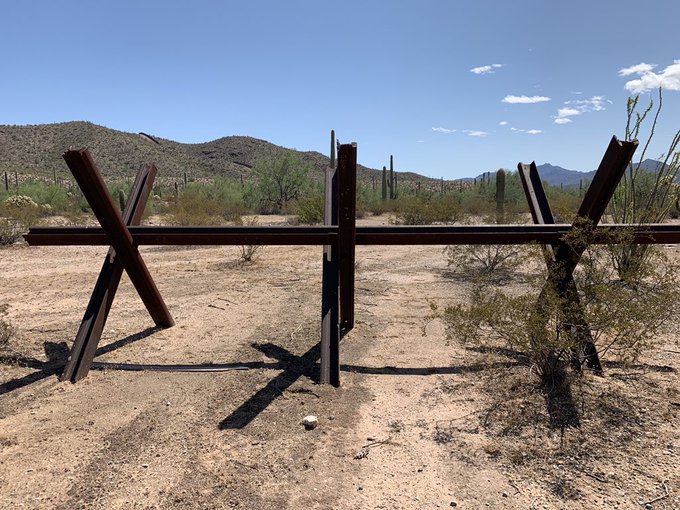
There’s no wall in sight in much of Texas
Once you get outside of the El Paso region, there’s very little fencing in Texas. Much of the state features an open border with Mexico. The folks at the Brite Ranch in West Texas were kind enough to take us up over the border. You’ll see that video in the clip below.
Outside of El Paso, fencing in Texas is limited to Del Rio, Eagle Pass, Laredo and the Brownsville area.
